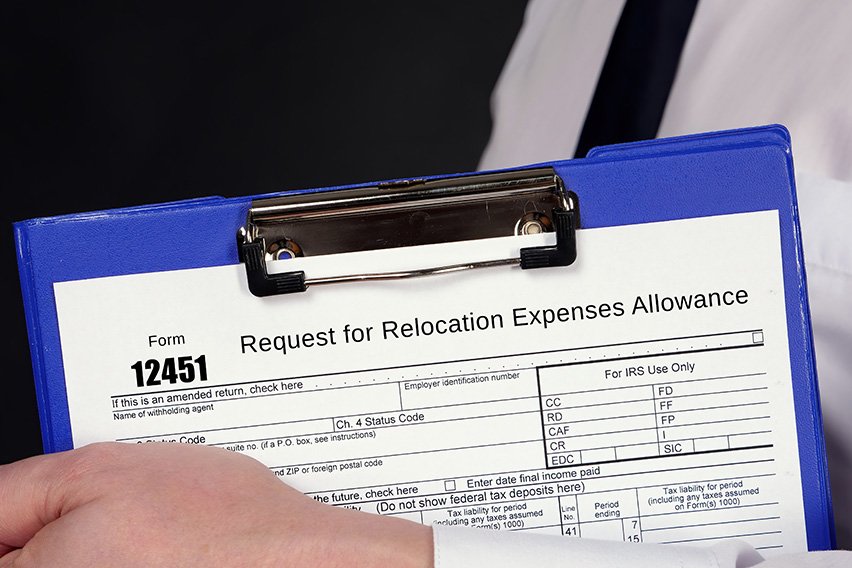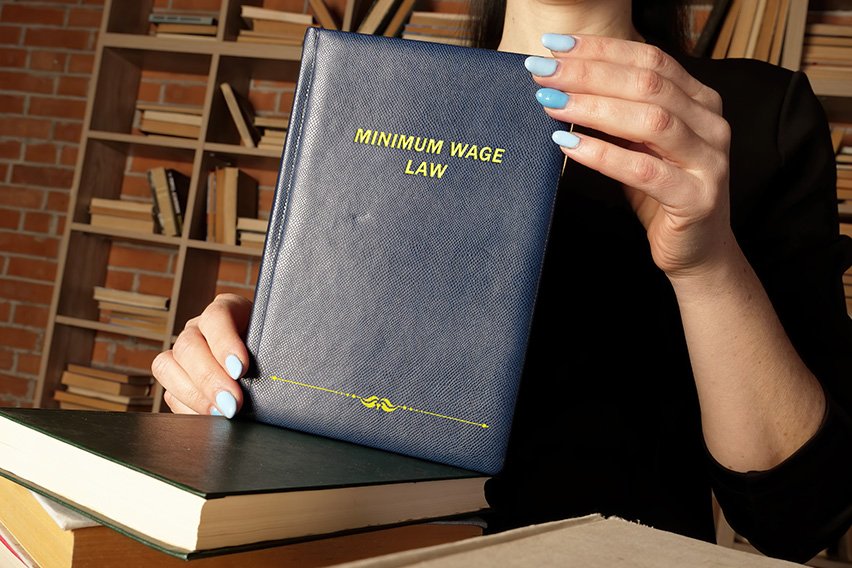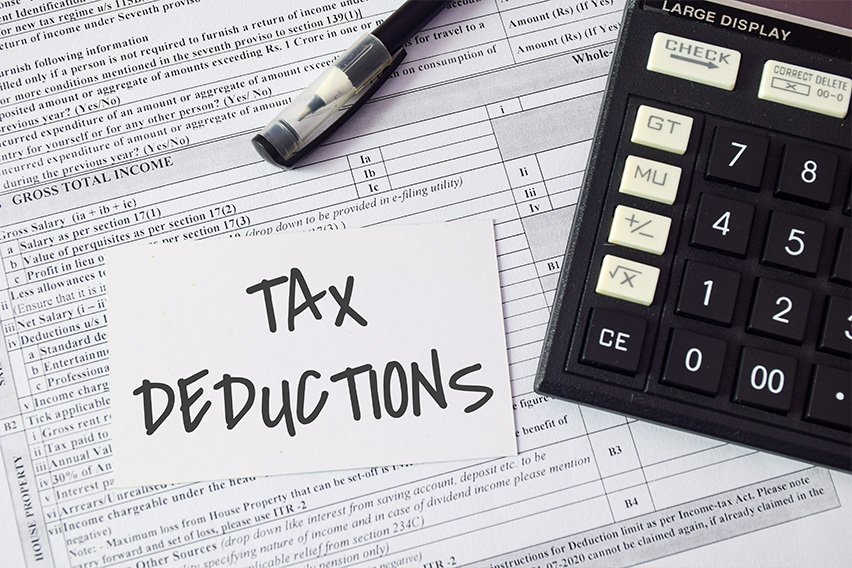Nanny Tax Deduction: Can You Write-Off Nanny Expenses?

A taxpayer can partially write off nanny expenses as long as the nanny is paid legally, the child is under 13 years of age, and both spouses are working. This tax break is typically applied one of two ways: through a tax credit when filing income taxes or through a Dependent Care Flexible Spending Account.
Key Takeaways
- Parents can get a tax break by claiming childcare expenses like nannies.
- You can set aside money in a Dependent Care Flexible Spending Account (DCFSA) in order to receive a tax break on your care expenses.
- You can also claim a tax break for childcare expenses with a tax credit for expenses related to the care of children and dependents.
- Depending on your filing status, situation, and the number of children you have, you may be able to use both a DCFSA and claim the tax credit to maximize your tax savings.
- Nannies are considered household employees, so, in order to claim any of the above tax benefits, you must pay your nanny legally, and you must pay FICA taxes if their annual wages exceed $2,700.
Table of Contents
- Dependent Care FSA
- Child and Dependent Care Tax Credit
- How to Maximize Nanny Tax Credits
- How to Qualify for Nanny Tax Deductions
- How Much Can You Pay a Nanny Without Paying Taxes?
- Can You Pay a Nanny Under the Table?
- Effortlessly Manage Nanny Taxes With FreshBooks
If you’ve hired a nanny and are paying them legally, you can potentially take advantage of 2 relevant tax deductions: the Dependent Care FSA and a tax credit for the expenses of caring for a child or dependent.
Dependent Care FSA
A Dependent Care Flexible Spending Account (DCFSA) is a type of FSA that allows families to set aside funds pre-tax for dependent care services such as preschool, childcare, and summer camps. Funds in a DCFSA can also be used for a spouse or relative who is physically or mentally incapable.
A DCFSA is set up through a taxpayer’s workplace. A predetermined amount is withdrawn every pay period, pre-tax, and deposited into a special account on the employee’s behalf.
The employee cannot access the money directly. Once you have incurred an eligible dependent care expense, you are required to fill out a claim and provide proof of payment. At that time, the company will reimburse you.
For the 2024 tax year, the IRS has maintained the maximum annual contribution limit of a Dependent Care FSA. The current maximum contribution is $5,000 per year per household, or $2500 if married, filing separately. Your contribution is made with pre-tax dollars, which, based on your marginal tax rate, can save you approximately $2,000 in 2024.

Child and Dependent Care Tax Credit
To claim child and dependent care tax credit, you’ll need to fill out IRS Form 2441 to itemize the money paid for care-related expenses on your federal income tax return.
For most families, this credit means a tax credit of 20% on all eligible, care-related expenses up to $3,000 if you have one child under the age of 13, or up to $6,000 if you have two or more dependents. This credit is calculated based on your income and the percentage of expenses incurred.
This means parents of one child can claim a tax credit of up to $600, and parents of 2 or more children can claim up to $1,200.
How to Maximize Nanny Tax Credits
If you have one child, your best choice for maximizing childcare tax breaks will be the DCFSA. If you can set aside the full $5,000 into this account (the maximum annual contribution limit), you’ll save around $2,000 when it’s time to pay tax (depending on the tax rate of your adjusted gross income).
If you’re not able to enroll in the FSA for whatever reason, you should claim your care-related expenses to receive the care expense tax credit instead.
If you have two or more children, there’s a chance you’re eligible to benefit from both tax breaks. Contribute the maximum amount of $5,000 to your DCFSA, and then apply any leftover care expenses up to $1,000. Claiming both tax breaks saves you an extra $200 in taxes, for a total of $2,200 in savings per year when it’s time to pay taxes.
How to Qualify for Nanny Tax Deductions
The main thing to remember about qualifying for nanny tax breaks is that you must pay your nanny legally—not under the table.
Qualifying expenses included legally paid nanny wages, wages paid to a backup childcare provider, and the payroll taxes on those wages.
Beyond that, the children you’re claiming care expenses for must be under the age of 13 and live with you for more than six months during a year. Also, both parents of the children must be working, looking for work, or going to school full-time to qualify. Also, remember that you cannot claim the same expenses with both tax deductions.
How Much Can You Pay a Nanny Without Paying Taxes?
If you pay $2,700 or more in wages to your nanny, you are considered a household employer and you are required to withhold and pay taxes accordingly.
Because you are directing how the nanny should look after your children, and because you provide them with the equipment and supplies to do their job, the IRS considers the nanny to be a “household employee”. As such, FICA taxes (Social Security and Medicare) need to be paid on the nanny’s wages. However, you are not required to withhold federal income taxes as a household employer. If your employee requests it and you agree, they need to provide you with a completed W-4 form.
Generally, your tax liability as a household employer in 2024 is 6.2% for Social Security and 1.45% for Medicare tax, for a total of 7.65% on the nanny’s earned income. You’ll need to withhold this amount from all earnings paid to the nanny unless you prefer to pay these taxes out of your own funds.
This household employee classification also applies to other household help, such as butlers, caretakers, cooks, drivers, housekeepers, and more. You can see the IRS’s Household Employer’s Tax Guide.
To hire a nanny or a household employee who makes more than $2,700 in wages annually, you must apply for an Employer Identification Number (EIN). An application for an EIN can be done here, on the IRS’s website. The EIN will be used for identification purposes on tax returns and other related documents.
Can You Pay a Nanny Under the Table?
It is illegal to do so. A nanny, if paid over $2,700 a year, is considered a household employee and by law, payroll taxes need to be paid by their employer. Not making the proper tax payments can subject an employer to severe penalties and interest, including a charge of tax fraud.

Effortlessly Manage Nanny Taxes With FreshBooks
Assuming your nanny is paid legally, you can save a fair amount in taxes by taking advantage of the Dependant Care FSA, care expense tax credit, or both.
The best way to keep track of your care-related expenses and use them to offset your tax liability is by using accounting software (such as the platform from FreshBooks) throughout the year, which helps you generate the reports you need to make tax filing simple. Try FreshBooks free today!
About the author
Sandra Habiger is a Chartered Professional Accountant with a Bachelor’s Degree in Business Administration from the University of Washington. Sandra’s areas of focus include advising real estate agents, brokers, and investors. She supports small businesses in growing to their first six figures and beyond. Alongside her accounting practice, Sandra is a Money and Life Coach for women in business.
RELATED ARTICLES


 Can You Write-Off Relocation Expenses? Only U.S. Armed Forces Can
Can You Write-Off Relocation Expenses? Only U.S. Armed Forces Can Digital Marketing for Small Businesses: the Top 5 Channels & Methods Critical for Success
Digital Marketing for Small Businesses: the Top 5 Channels & Methods Critical for Success Tax Deductions for Daycare Business: Top 10 Deductions
Tax Deductions for Daycare Business: Top 10 Deductions Tax Deductions for Handyman Business: What You Need to Know
Tax Deductions for Handyman Business: What You Need to Know Tax Deductions for Self-Employed Workers
Tax Deductions for Self-Employed Workers